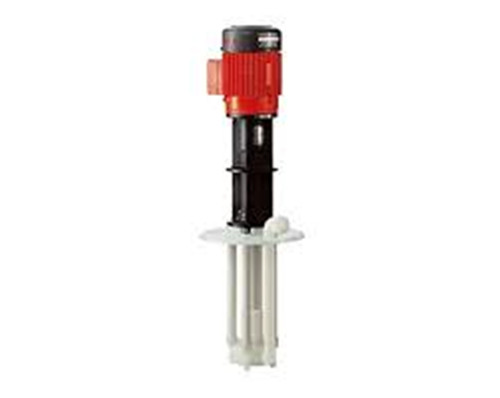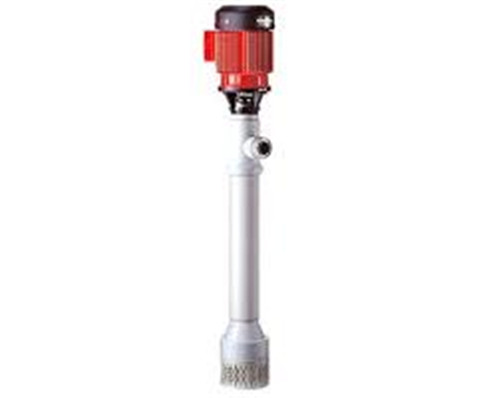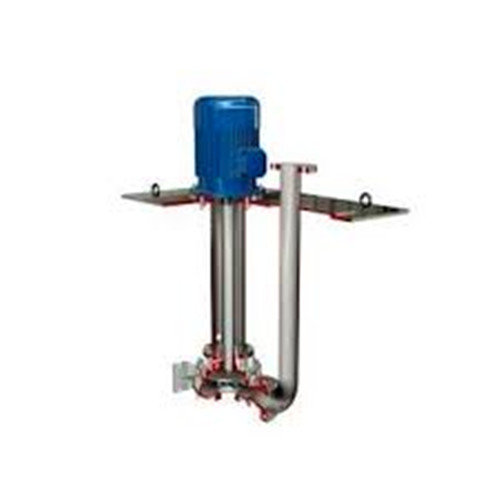How to install cantilever centrifugal pump
Cantilever centrifugal pumps are a type of centrifugal pump that is well-suited for a number of different applications. Cantilever pumps are designed with an overhung impeller, which means that the impeller is not mounted directly to the shaft. This design gives cantilever pumps several advantages over other types of centrifugal pumps.
Cantilever centrifugal pumps are an excellent choice for a wide range of applications. They are easy to install and offer superior performance compared to other types of pumps.
When installing a cantilever centrifugal pump, it is important to follow the manufacturer's instructions carefully. In addition, there are a few general tips that can help ensure a successful installation.
1. Make sure the pump is properly rated for the application.
2. Install the pump in a location that is protected from freezing temperatures.
3. Use pipe supports to secure the piping and prevent vibration.
4. Use flexible couplings to connect the pump to the piping system.
5. Fill the pump with clean water before starting it up.
Common faults and solutions of cantilever centrifugal pump
If you’re having issues with your cantilever centrifugal pump, don’t worry – you’re not alone. In this article, we’ll discuss some of the most common faults and their solutions.
One of the most common problems with cantilever centrifugal pumps is that they can become overloaded and overheat. If this happens, the first thing you should do is turn off the pump and allow it to cool down. Once it’s cooled down, check the amperage draw of the motor. If it’s higher than usual, this could be a sign that the pump is overloaded.
Another common issue is that the bearings can become worn out and seize up. This can be caused by a number of things, including excessive vibration or misalignment. If you suspect that your bearings are seized, you should contact a professional for assistance.
If your pump is leaking, there are a few potential causes. First, check to see if the seals are worn out or damaged. If they are, they will need to be replaced. Another possible cause of leaks is an incorrectly installed gasket.
Cantilever centrifugal pumps are widely used in industry for the transfer of fluids. However, as with all mechanical equipment, they are subject to wear and tear and can develop faults. In this article, we will look at some of the most common faults that can occur with cantilever centrifugal pumps and their solutions.
One of the most common problems that can occur with a cantilever centrifugal pump is a loss of prime. This means that the pump is not able to draw fluid from the source and start pumping it. There are a number of reasons why this might happen, but the most common is a problem with the suction line or intake valve. Another possibility is that there is air in the system, which is preventing the pump from drawing fluid. Solutions to this problem include bleeding the system of air, checking for leaks in the suction line, and making sure that the intake valve is open.
Another common issue with cantilever centrifugal pumps is cavitation. This occurs when there are voids or bubbles in the fluid being pumped, which can cause damage to the pump impeller. Cavitation can be caused by a number of factors






















